Gothic architecture captures an age where art and engineering intertwined to create structures that continue to inspire awe centuries later. The dark beauty found in gothic building art sketches reveals layers of history, craftsmanship, and artistry that invite contemplation and admiration. These sketches serve as both a celebration and an exploration of medieval architecture’s intricate details and atmospheric qualities.
The Essence of Gothic Building Art
Gothic architecture began in the 12th century and grew during the medieval era. It is known for pointed arches, ribbed vaults, flying buttresses, and large stained glass windows. These features were not only new at the time, but also full of meaning and beauty. Artists often use sketches to show the shapes and shadows of these buildings in a clear and expressive way.
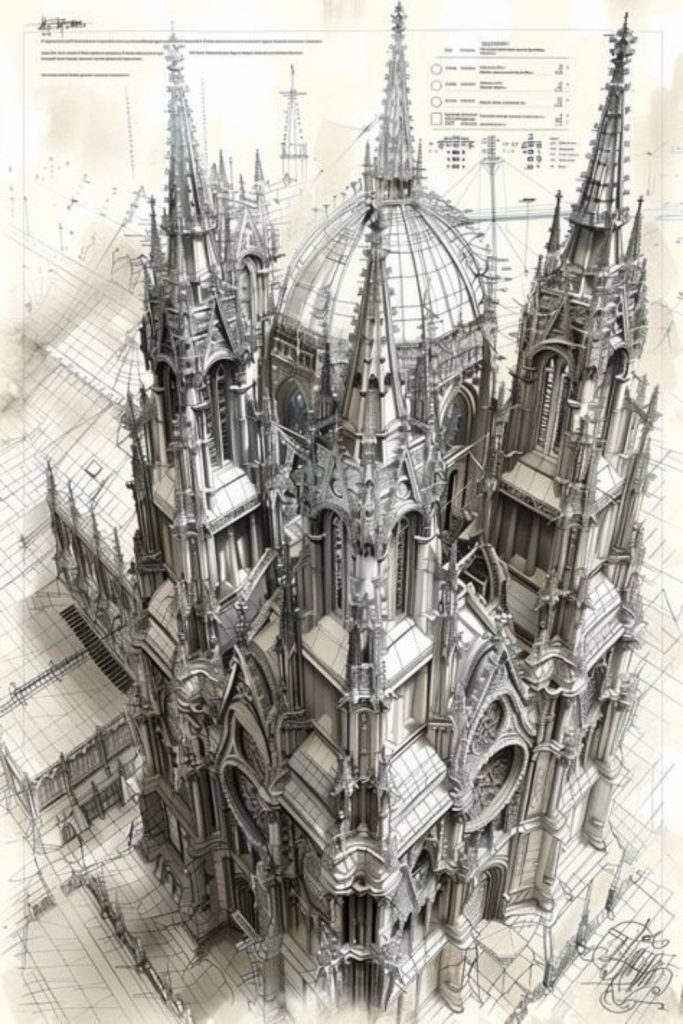
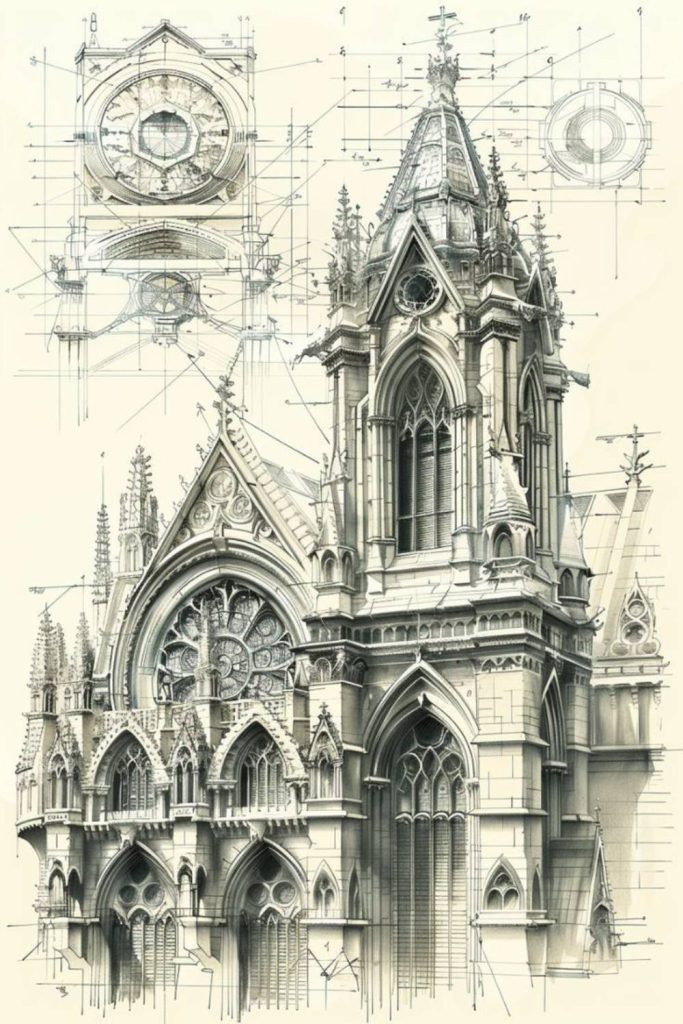
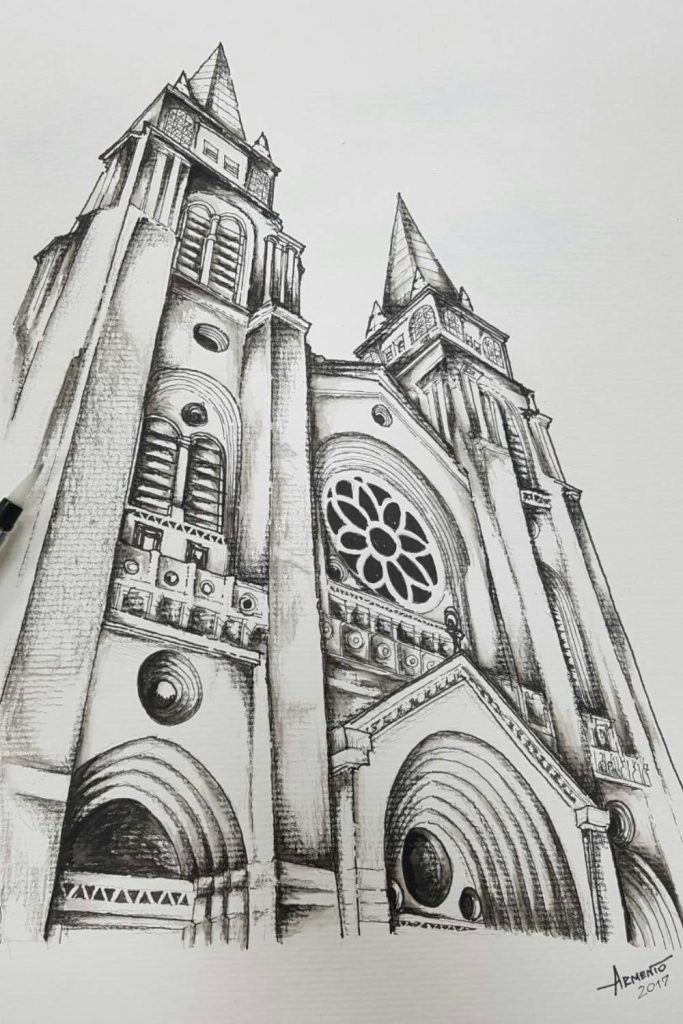
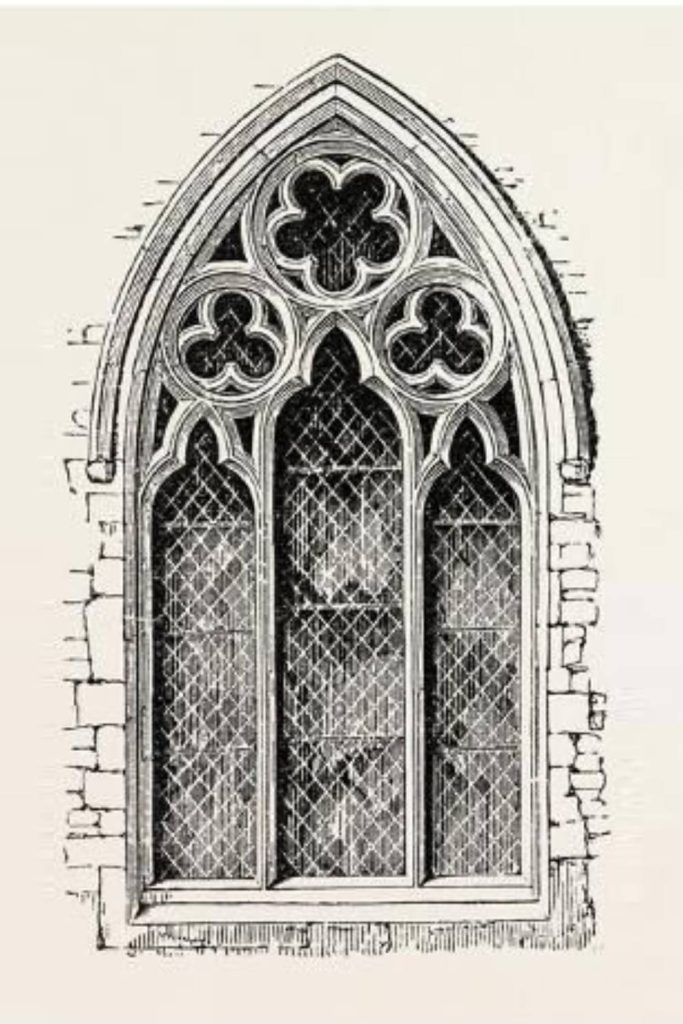
Sketching the Spirit of Medieval Architecture
In Gothic building art, lines and shading help show height, depth, and light. Sketches often highlight tall cathedrals and the detailed carvings on walls and doorways. The mix of dark and light, detail and space, turns each sketch into a story about medieval skill and the mystery of these old buildings.
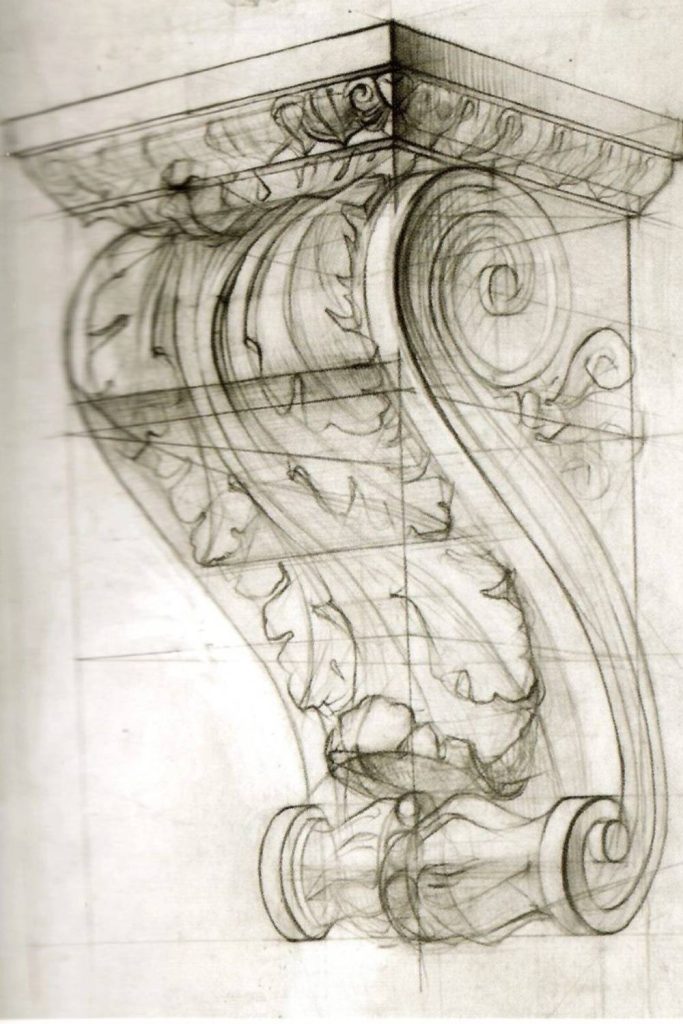
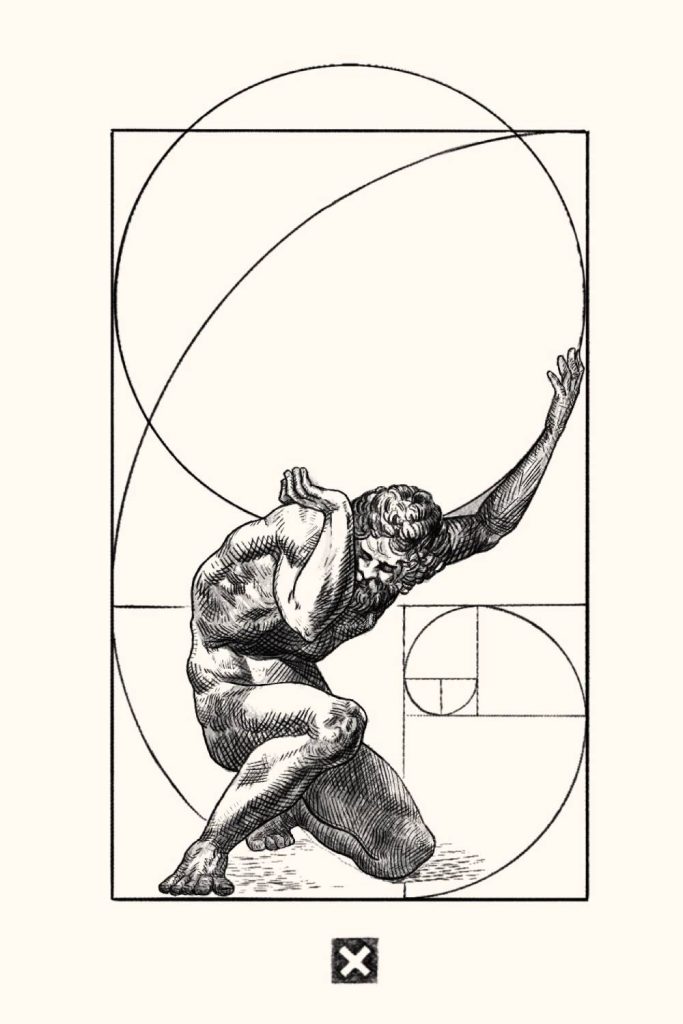
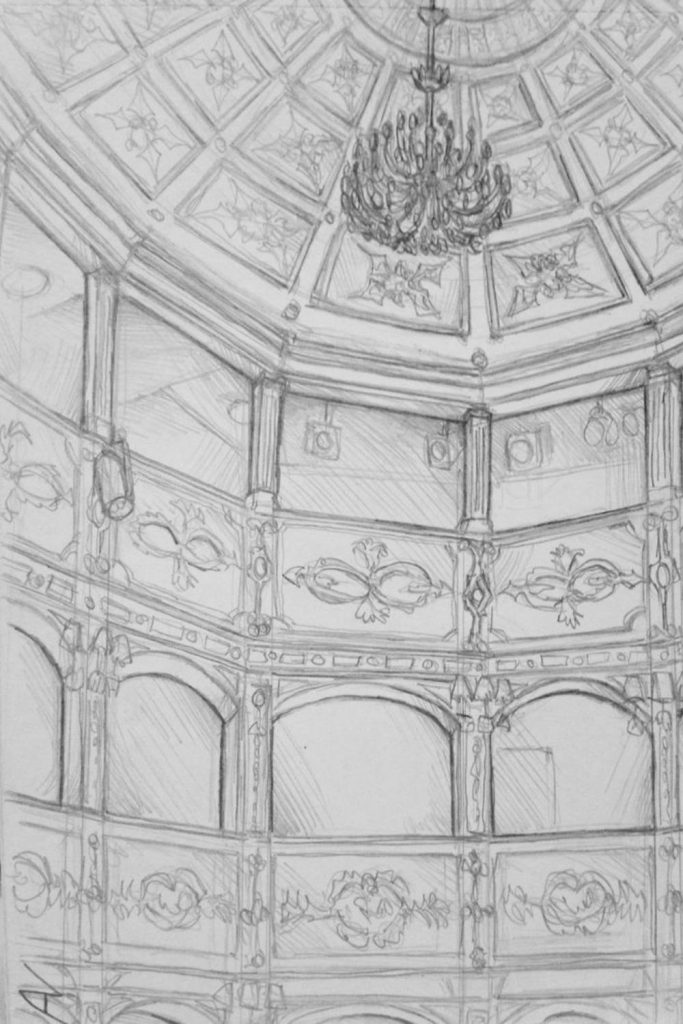
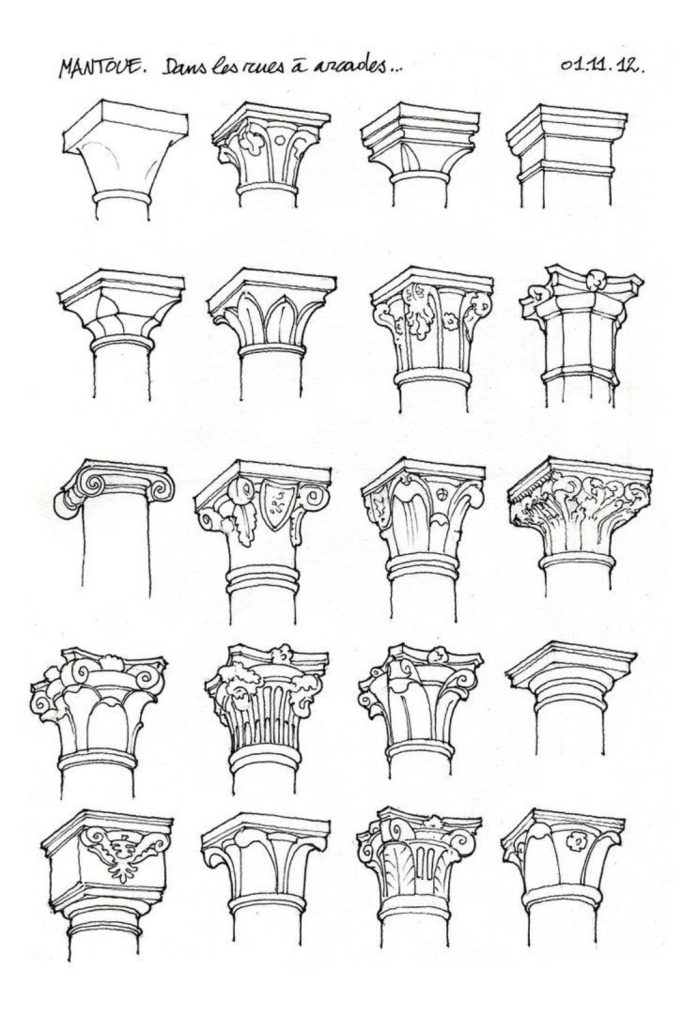
Cathedral Sketches – Capturing Grandeur and Intricacy
Cathedrals stand as iconic symbols of gothic architecture, and their sketches highlight an impressive marriage of grand scale and delicate detail. Artists approach cathedral sketching with the intent to represent both the imposing presence and the ornate decorative elements, from the rose windows to the labyrinthine buttresses.
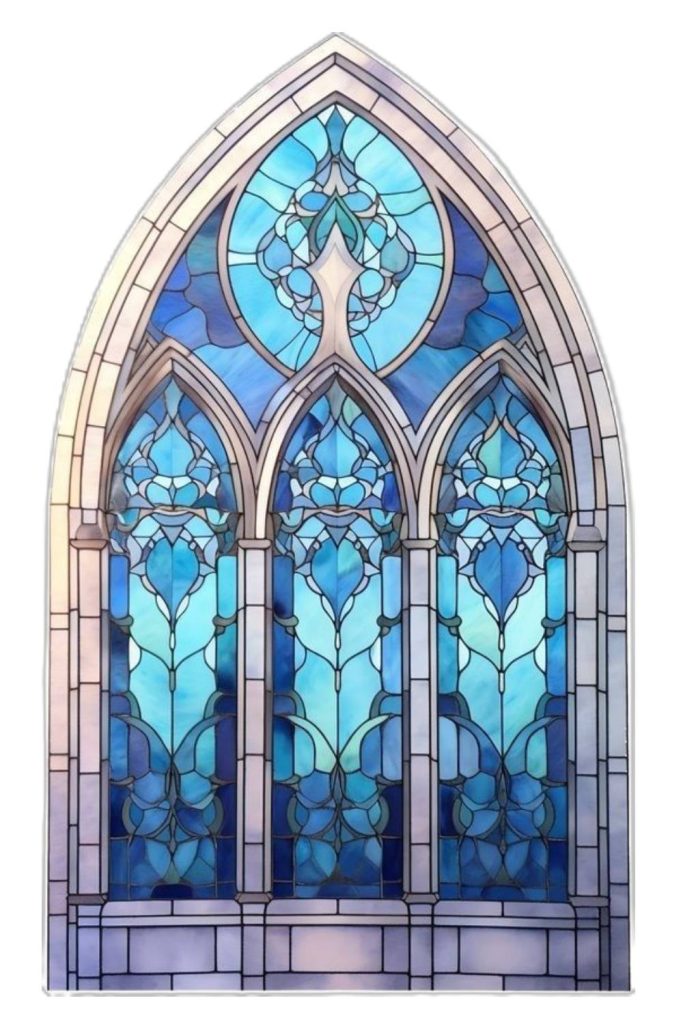

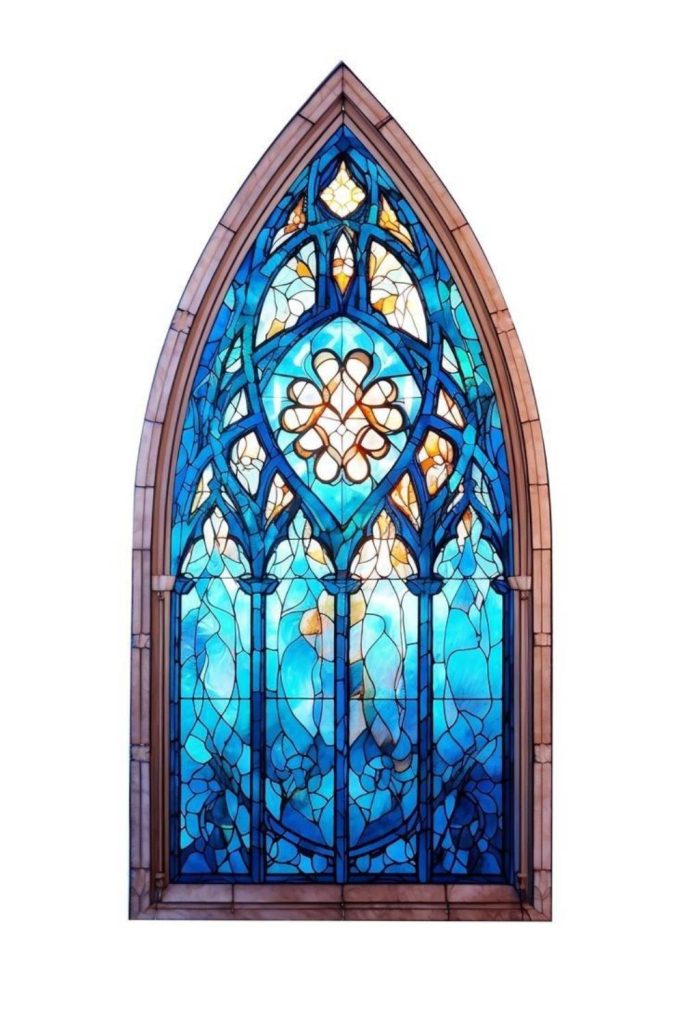
Techniques and Inspirations in Cathedral Sketching
Using graphite, ink, or charcoal, gothic cathedral sketches often emphasize contrast and texture, bringing forward the somber mood associated with these spaces. The sharp lines of flying buttresses and pointed arches contrast with the softer, worn surfaces of aged stone, evoking a sense of timelessness. Through these sketches, the viewer gains insight into how medieval architects balanced strength and grace.
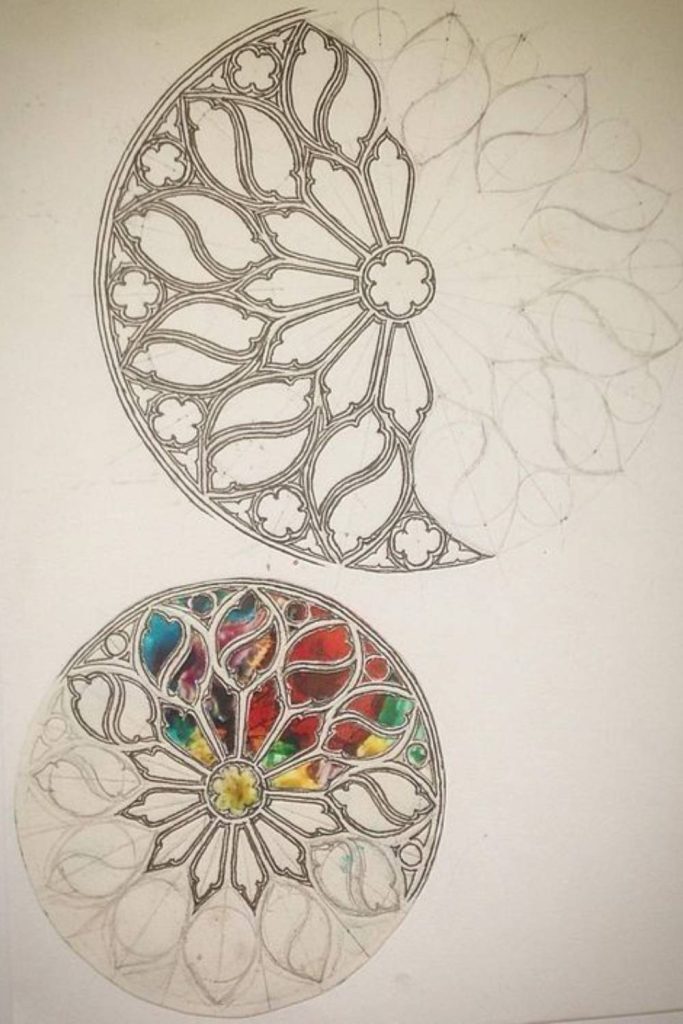
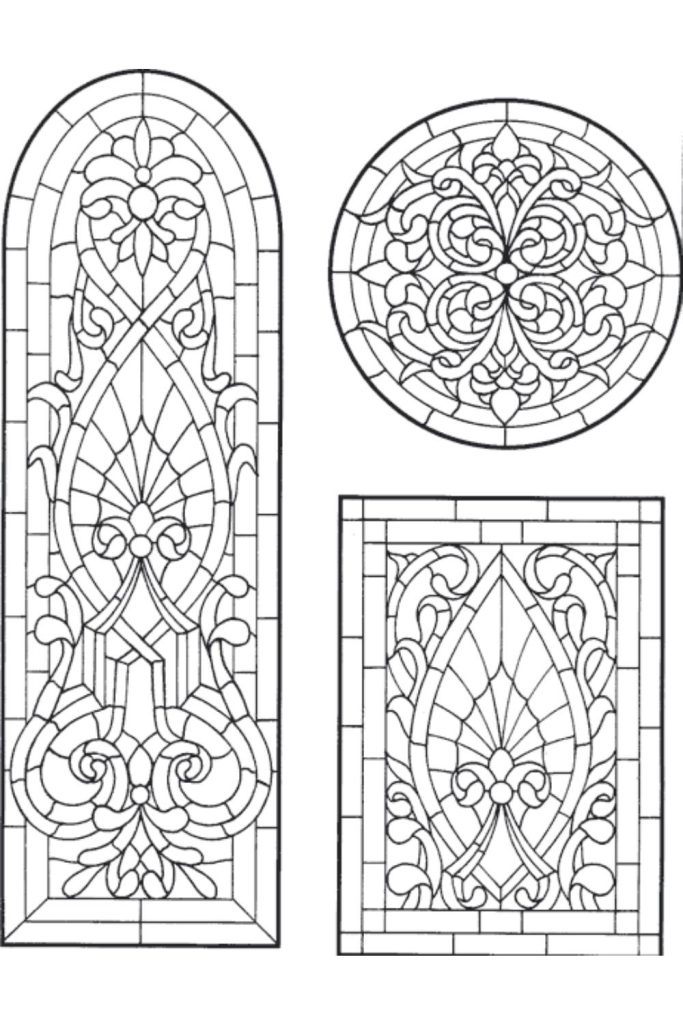

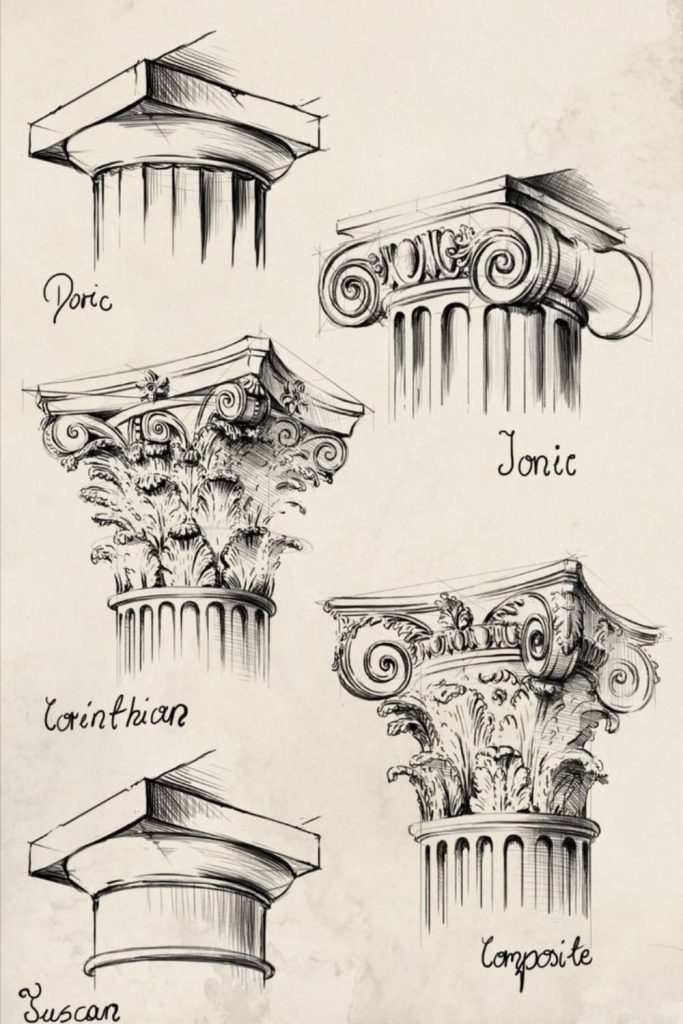
The Poetic Darkness in Gothic Sketches
“Dark beauty” in gothic sketches transcends mere shading or shadow; it reflects the architectural spirit that embraces mystery, the sublime, and a seductive melancholy. The deep shadows carved by ribbed vaults and twisted gargoyle forms invite viewers to explore more than just the physical—inviting them into stories woven from stone and light.
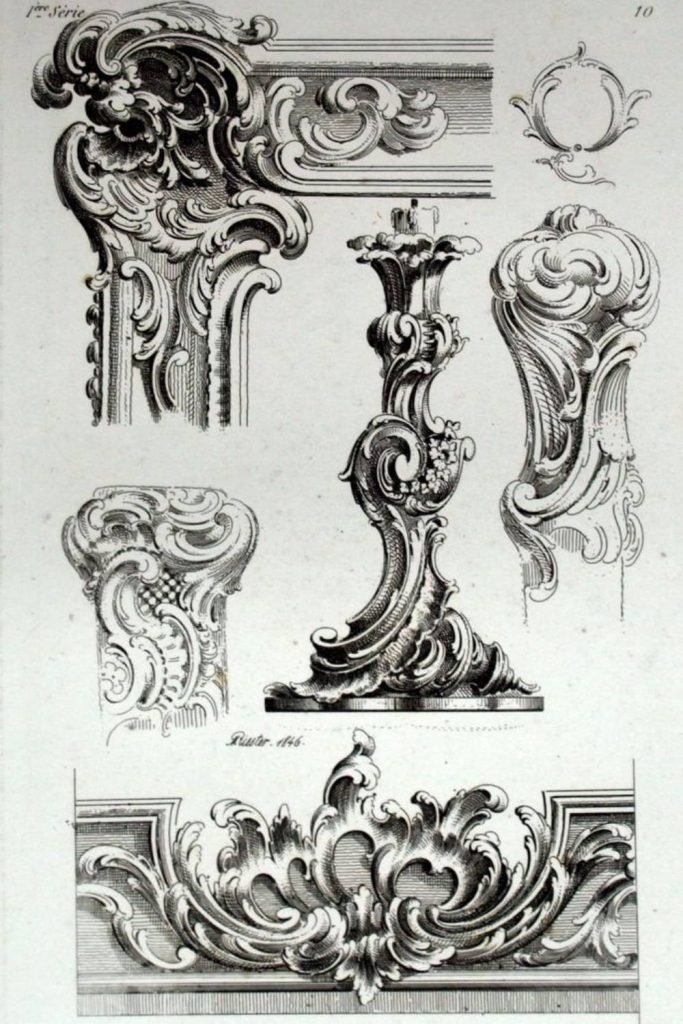
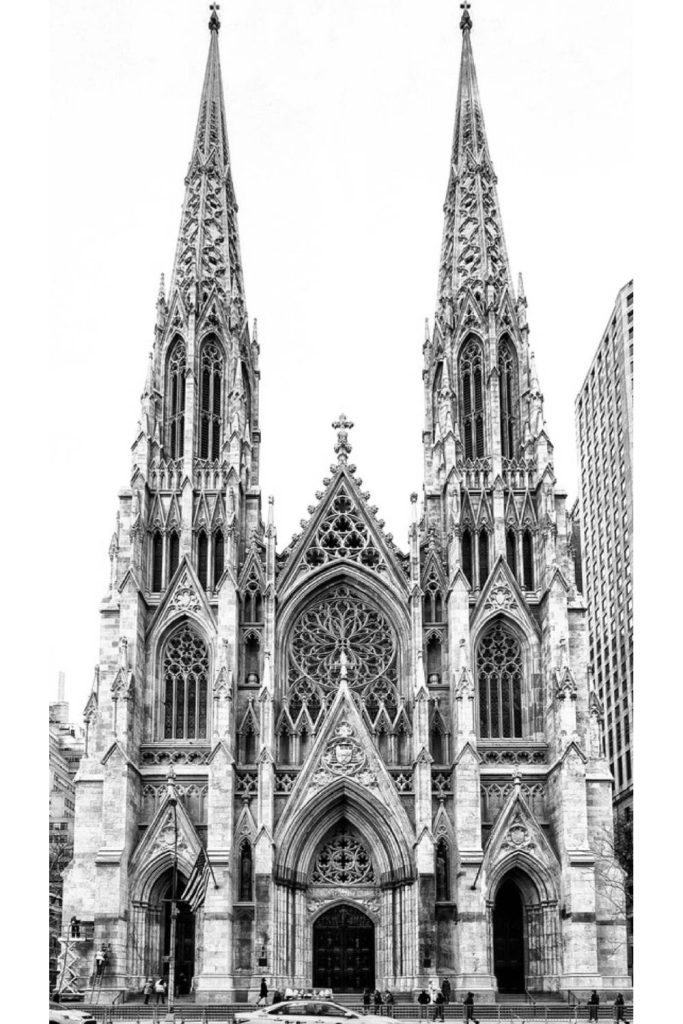
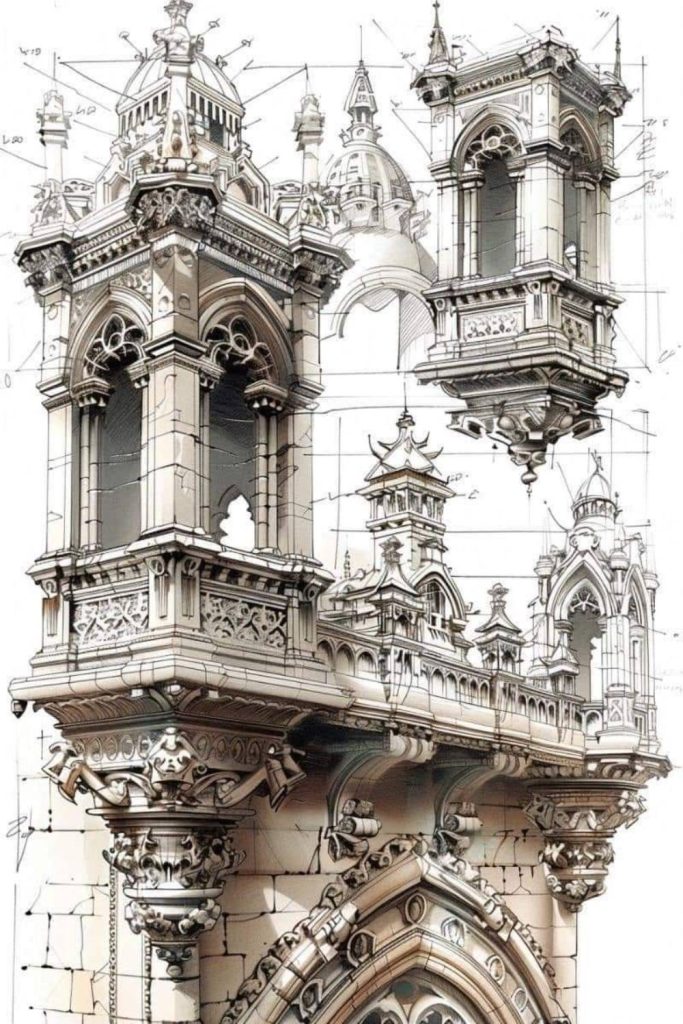
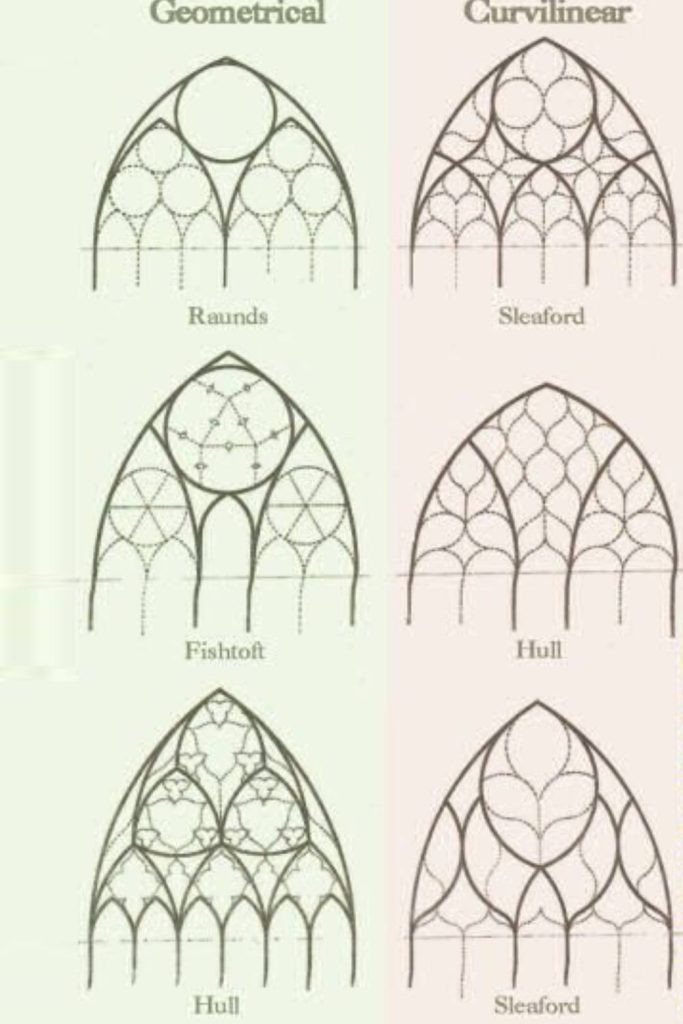
Emotional Impact Through Artistic Interpretation
Artists who draw medieval buildings add emotion to their sketches. These drawings reflect the deep, spiritual feeling of old cathedrals. The strong contrasts in gothic sketches show both the mood and mystery of the past. Light and shadow suggest time passing – connecting history with the present on paper.
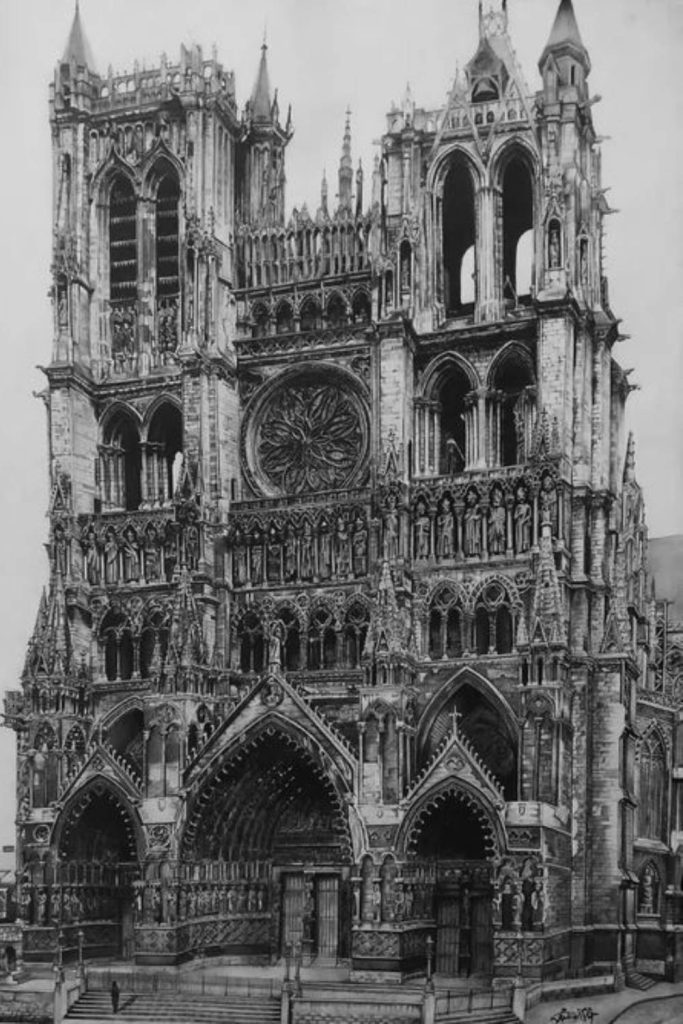
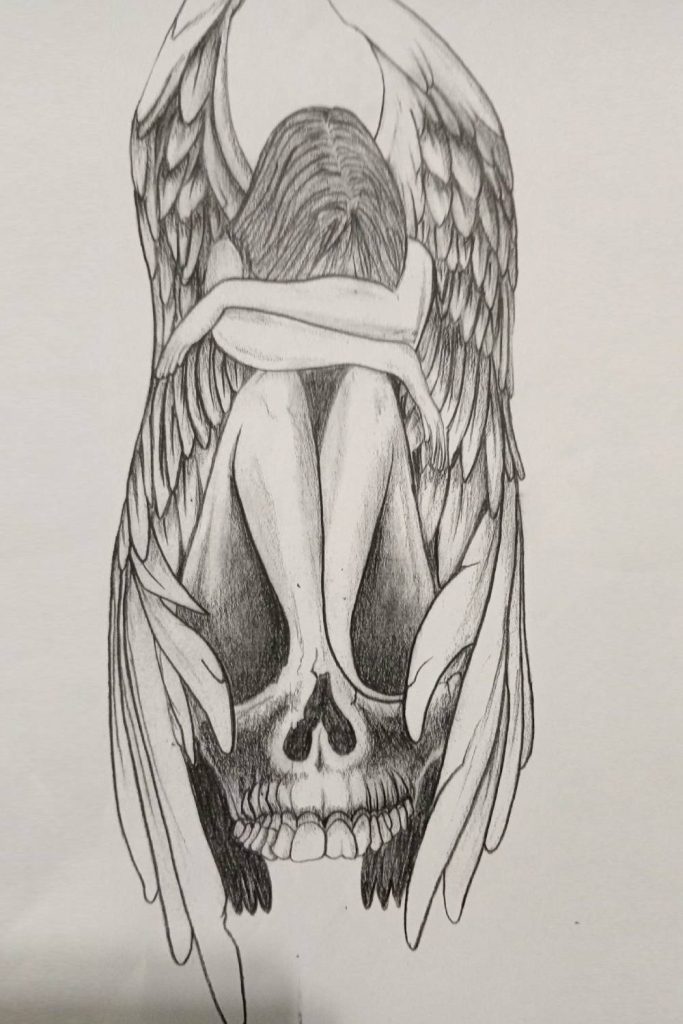
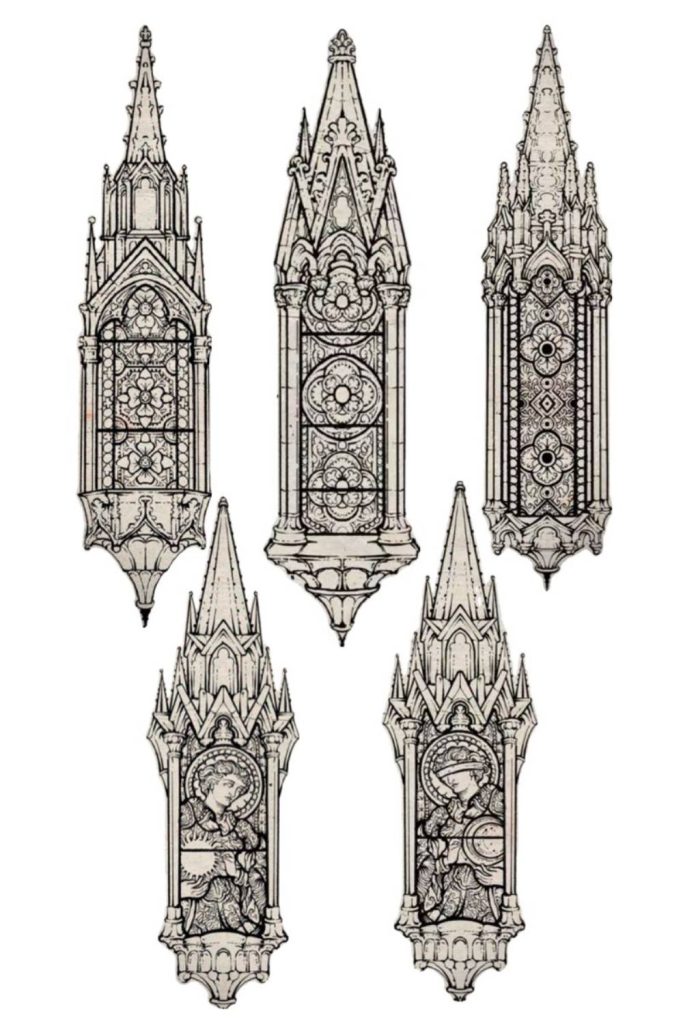
Why Gothic Architecture Sketches Endure in Popularity
Gothic building art still attracts people because it connects the past with creative ideas. These sketches show a lasting link between shapes and imagination. They speak to those who love history, art, and buildings, giving a glimpse into a world shaped by faith, skill, and beauty.
Today, many artists and architects study gothic sketches to learn from old methods and bring gothic style into modern design.
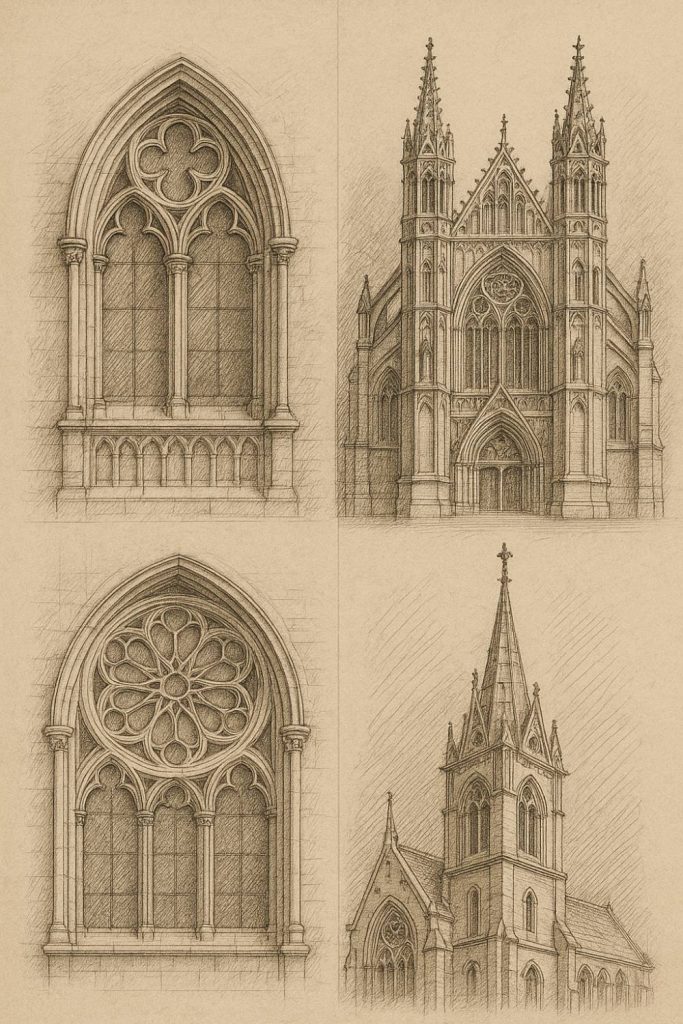
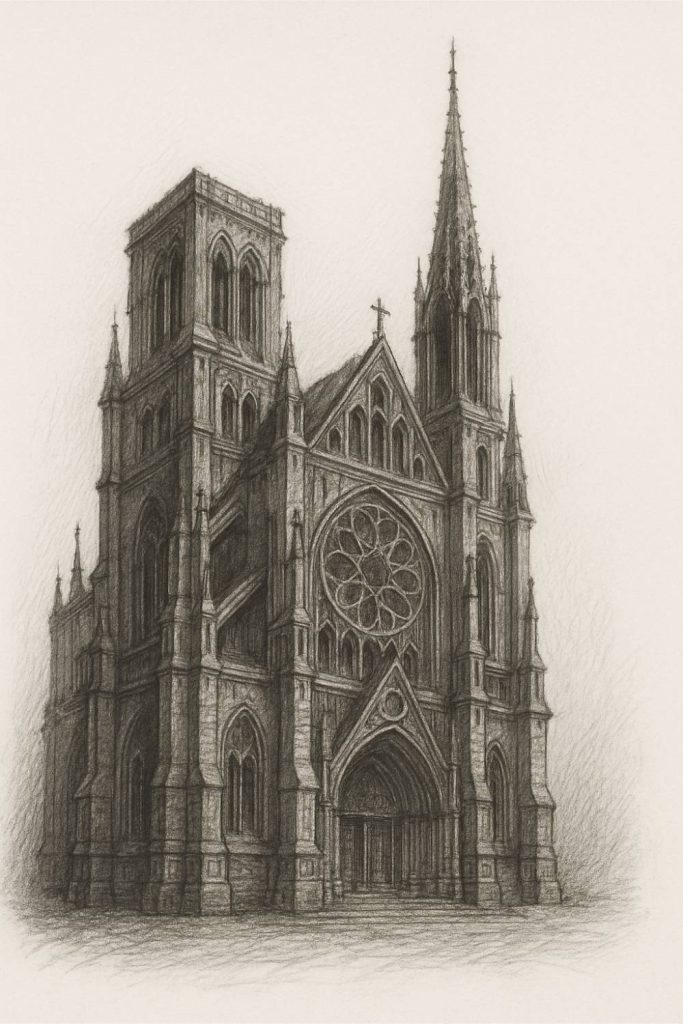
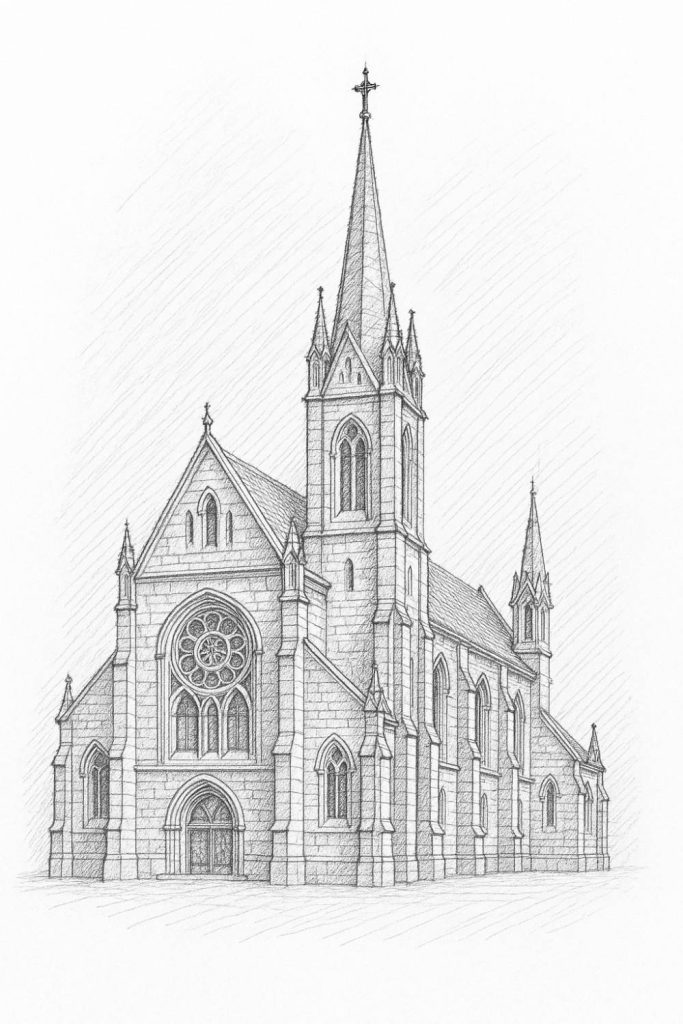
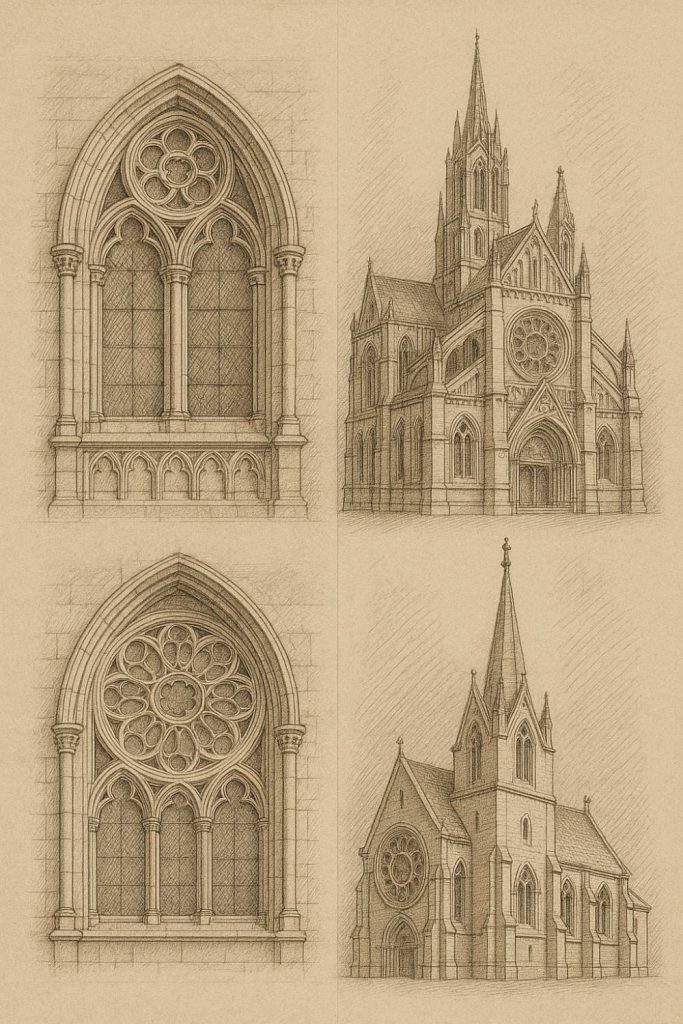
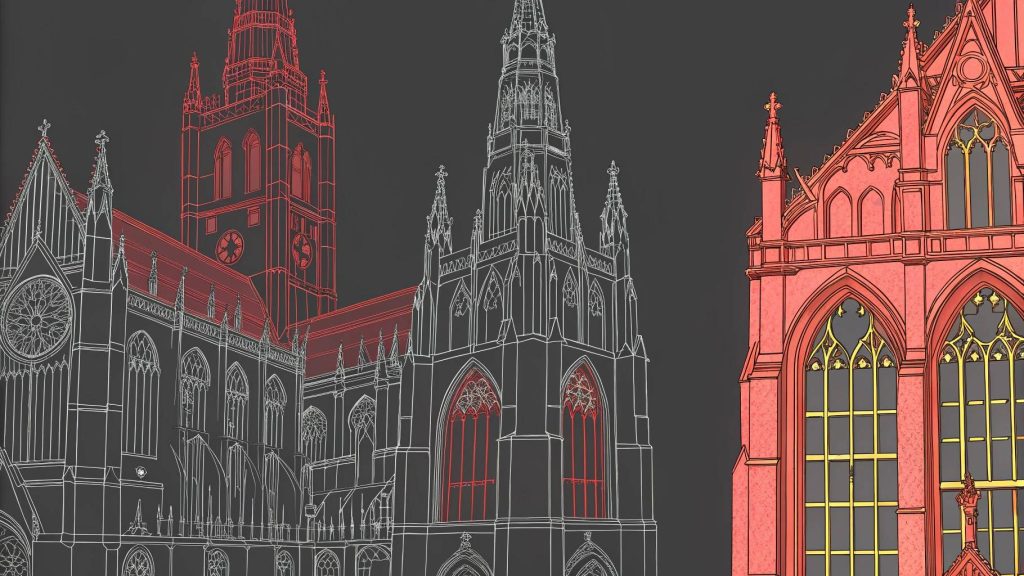
Conclusion
Dark beauty in gothic architecture sketches captures more than just the physical structure of medieval masterpieces. It conveys an artistic and emotional experience rooted in centuries of architectural tradition. Through these evocative sketches, gothic building art reveals the grandeur and intricacy of cathedrals while celebrating the mystique that continues to captivate admirers worldwide.

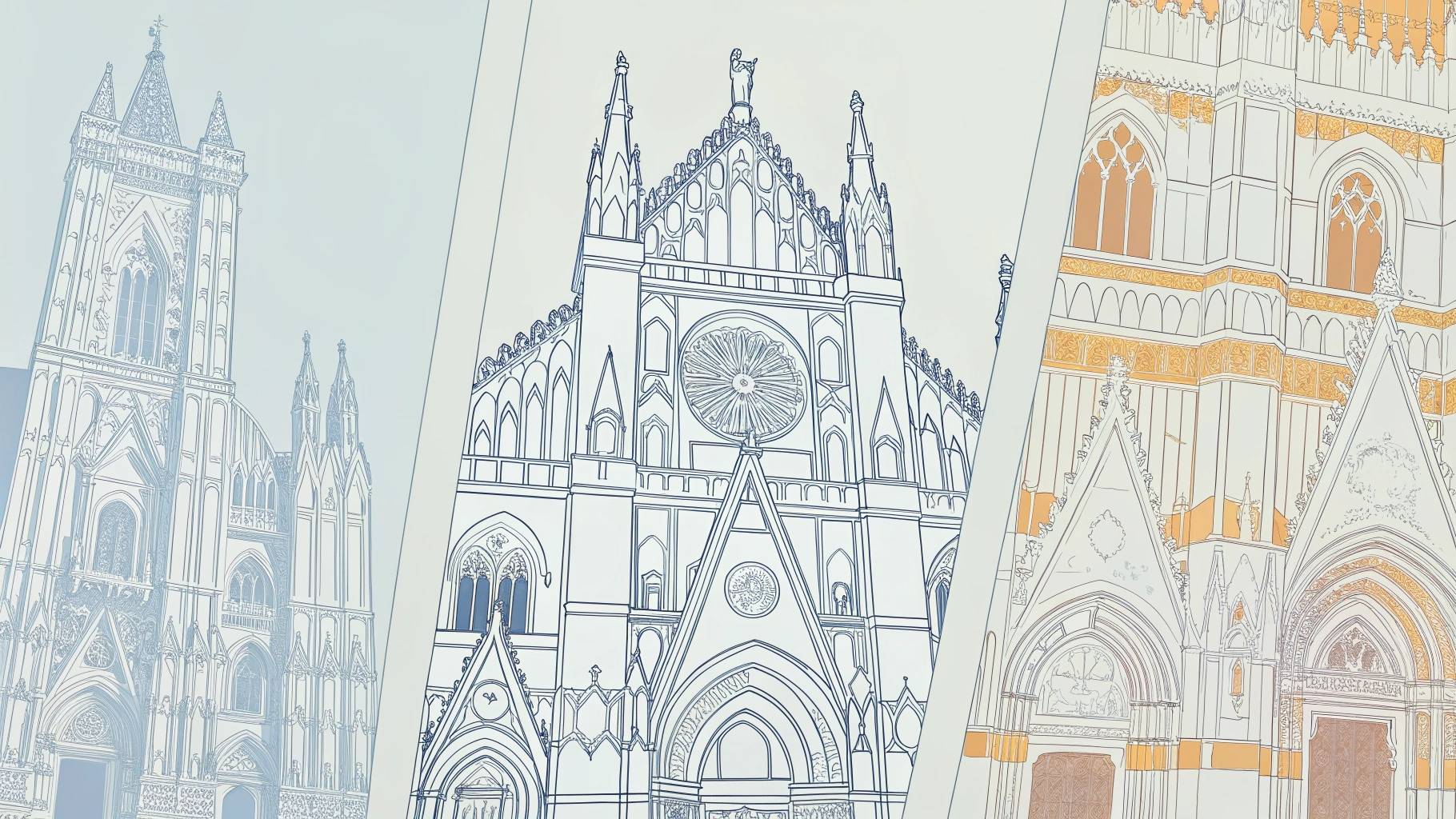

 (5 votes, average: 4.80 out of 5)
(5 votes, average: 4.80 out of 5)


